UPDATED: All-new Hyundai Santa Fe is coming in 2024: What you need to know
If you’re shopping for a seven-seat large SUV in the next six months, here’s everything you need to know and why you might want to wait for the new bigger, boxy Hyundai Santa Fe…
A completely ground-up new Hyundai Santa Fe is coming to Australia in the next six months, so let’s help you figure out if it’s worth waiting until after Christmas before getting that three-row family bus you’ve always wanted.
Is Santa Fe some bloated whale trying to pass itself off as a Land Rover Discovery 3, or is it innovative enough to pass the sniff test for most discerning parental buyers who need to lock-n-load for the daily school run? Let’s find out if it still cuts the mustard…
Four previous generations of Santa Fe have come before this one and certainly the most recent version was a triumph in terms of offering high levels of modern equipment in a cabin that would outshine the German prestige brands when you also mentioned the price in the same breath.
The current Santa Fe is a vehicle you should absolutely consider for affordable, luxurious long-distance touring, moderate tow and big-family transport. Alternatively, there’s Kia Sorento, Hyundai Palisade, Mazda CX-9 or even some of the last-run Mitsubishi Pajero Sports if you need proper 4WD.
While the naturally-aspirated (non-turbocharged) 3.5L V6 petrol engine was a dinosaur, the 2.2L diesel was a burbling symphony of trailer-towing grunt which made it a big-family regional touring powerhouse. The clever all-wheel drive system was active, constantly managing drive between the front and rear wheels, making it a great option for Easter and Queen’s birthday long weekend camping trips where overnight dew was no match for the wily Santa Fe.
And there wasn’t a space-saver spare wheel to be found in any model grade, meaning full-size spare-tyre glory was yours in any weather, giving that punchy diesel plenty to work with, grip-wise. It meant towing was always done on properly sized rubber and the AWD system was optimised in dodgy conditions.
But times they are changing, and possibly not for the better. Is this the end of the line for diesel Santa Fe?
The first major change to this new Santa Fe is confirmation the V6 petrol engine is gone, replaced by the 2.5-litre turbocharged petrol four-cylinder we know from the Tucson.
But in this world of evangelical pro-battery tribalism, what’s happened to the diesel? It’s gone. Hyundai has dropped the venerable, torquey 2.2-litre diesel powerplant in favour of the 2.5 turbo-petrol, plug-in hybrid and hybrid powertrains.
It seems the fossil fuel zealots who seem to think diesel is evil, have won. Replaced by a fuel that requires an additional 30 per cent more combustion to produce the same amount of power of diesel, and on a vehicle that is absolutely going to weight more than the old model’s poultry 2.1 tonnes.
The question now remains what will Santa Fe be like as a towing platform now that the low-RPM power provided by that diesel has been dropped for a (probably) high-revving petrol/gasoline engine to satisfy emissions regulations and the American markets, even though diesel is the superior fuel for big vehicles. Hence trucks and utes are all diesel, primarily.
The Gross Vehicle Mass will also be higher, meaning that turbocharged 2.5 petrol four-cylinder is possibly going to be working quite hard to make car go, especially with four kids, their luggage, the eski and the giant tent on board.
What this 2.5 turbo needs to do is perform like the same-sized engine in the outgoing Mazda CX-9 does, which is with plenty of punch. Although this could be at the compromise of refinement. Time will tell.
Hyundai has gone for the plug-in hybrid in the manner of Mitsubishi Outlander and it’s quite likely we’ll see the new Kia Sorento do the same, dropping its 2.2 diesel for PHEV, hybrid and turbo-petrol. Expect the new Sorento and Santa Fe models to arrive in the first quarter of 2024.
Hyundai will position the turbocharged petrol engine as the premium powertrain above the naturally aspirated 2.5, which could be a price-leading range-starter in the same way Mazda’s 2.5 atmo petrol fills half the range before being surpassed by turbo-only in CX-9.
What is a confident bet is the return of Hyundai’s HTRAC all-wheel drive system which is an active, constantly engaged driveline that feeds drive to both sets of front and rear wheels to ensure you don’t have any of the on-demand slipping from the tyres before engagement which happens in Mazdas and Toyotas. It essentially behaves more like a Subaru than a front-drive reacting to wheelspin. So that’s nice.
There’s also a question of what transmission will likely be used, because the current dual-clutch is a great piece of engineering.
Until the official reveal (done online for budgetary reasons, no doubt), you might appreciate the Star Trek-esque cabin styling that offers both the modernisation of a long, curved infotainment and driver’s display screens, in addition to the ergonomic, haptic simplicity that is a row of tactile buttons. Hooray for buttons.
There’s a gaping storage cubby beneath the central console tray which does away with the cramped, almost-practical pigeon holes we’ve seen on plenty of other interiors in recent years. I’m looking at you, Subaru, Mitsubishi, Mazda, Toyota et al. Instead, here it’s just an open utility tray with dual wireless charging pads (presumably in the Highlander-equivalent or thereabouts).
Something quite obvious from these early interior images is the dramatic increase in notional passenger space - shoulder width especially, as well as wide armrests and a pretty chunky centre console lid where you can do some profound elbow leaning.
The overall nature of this new Santa Fe design is to offer a:
boxy shape
…that is supposed to offer:
generous living space for an effortless outdoor lifestyle
Not sure if they’re selling a car or real estate, but at least we also know the “lengthened wheelbase” of 2765mm will make for a much more commodious row three. But exactly how much bigger could it possibly get? After all, the outgoing Santa Fe isn’t exactly small, and there’s also the matter of its bigger sibling the Palisade.
The new model is 4.83 metres long, an increase of 2 per cent. It’s 180mm wider, now measuring 1.9 metres. But for passengers, it’s the 2.81-metre wheelbase that will offer all the illustrious legroom for your BFG offspring.
A Range Rover Sport’s wheelbase measures up to 2997mm and it’s 4.94 metres long; a LandCruiser 300 is 4.9m long with a 2850mm wheelbase - so it’s entirely likely Hyundai could’ve slapped an extra 100mm into the Santa Fe to make it ‘fit in’ with the crowd. Palisade is already rocking those kinds of numbers in the manner of a mini LandCruiser, only without 300kg of low-range drivetrain.
Weight has increased, yet again, up from 1945kg (kerb) in the diesel Highlander of old to starting at 2060kg on the poverty powertrain, the atmo 2.5 petrol. That’s a 5 per cent increase in weight from the heaviest version previously, to the lightest new version. That’s a concern.
The next powertrain grade up gains a further 95kg, adding turbocharging and plenty of other features, notionally. Stepping up to the Santa Fe Hybrid you’ll add on another 70kg before becoming the heaviest passenger vehicle ever to wear a Hyundai badge, the plug-in hybrid at 2295kg. That’s right, 2.3 tonnes courtesy of 140kg worth of lithium-ion battery, good for 140kWh, from the outgoing Sorento PHEV.
If you’re not sure why this weight-gain is such an issue, let’s look at what the old Sorento PHEV weighed, using exactly the same powertrain. You’ll start to see this problem here.
If you calculate the 47 litres of 91 RON fuel at 35kg, plus the 2045kg tare weight, Sorento PHEV weighed about 2091kg with a full tank. It had the same 1.6 turbo-petrol engine mated to the same 140kWh/140kg lithium-ion battery, with a total combined power output of 195kW. That 1.6 turbo only makes 132kW on its own, but a Ford Ranger Wildtrak (also 2.3 tonnes, kerb) has a V6 diesel making 184kW, most of it available from below 3500 revs.
So Hyundai’s 14kWh is going to be working very hard to get this beast up to speed before the combustion engine takes over. But it likely may not be as good as the Sorento PHEV in terms of performance, and it certainly won’t be able to tow like the old diesel 2.2 did.
Ultimately, we need to wait for it to arrive to see if Hyundai has managed to engineer out these fundamental drawbacks - and at what price.
SHOULDERING RESPONSIBILITY
Hyundai and Kia have become two of the most innovative, dependable, reliable and fascinating brands to watch grow in the last 15 years and this new Santa Fe is going to carry a great weight of expectation.
Not only does the Santa Fe platform need to be a seven-seat SUV, it’s kind of hard to see how this bigger, heavier, longer vehicle isn’t going to be confirmed as underpinning the next step in Hyundai/Kia’s journey, as they crack into the ute market and possibly see the return of hardcore 4X4 wagon-based off-roading.
What does make sense about this new Santa Fe platform is that it will probably be the same skeletal structure Hyundai Motor Company has developed as the Kia Tasman ute which could signal the return of a Hyundai Terracan four-wheel drive. It certainly has the bulky, broad-shouldered proportions.
Unfortunately, this is what the global marketing and design team reckons you’ll be doing with your $80,000 seven-seat child transport.
Now, that $80,000 price point is a purely speculative one, but given the inflationary trend of new car prices, it’s a pretty solid guess, at least for a top-tier Highlander or Defender or whatever they call it.
Hyundai wants you to appreciate the level of design excellence it implies was spent getting the tailgate to open up nice ‘n’ wide. In fact it’s 14.5cm wider and offers 91 litres of additional luggage volume. The idea being less of the actual vehicle is in the way as you’re trying to remove bulky sports bags and heavy double prams etc. And to their credit it does actually seem to offer a flat floor also.
But there are still some big, glaring safety questions yet to be answered.
One of the glaring safety omissions in the outgoing Santa Fe (the one with the Anglerfish grille), is a lack of head-protecting side-curtain airbags for occupants in row three. Surely, in 2024, they will have corrected such a disgraceful stuff-up which could’ve equalled that vehicle with Mazda CX-9 and Toyota Kluger, which in current and previous generations also had row-three curtain airbags - older vehicles that were more up-to-date than the even newer Santa Fe of 2021.
That omission essentially relegated Santa Fe and Sorento row three usage to ‘occasional use only’ as far as recommendations go. Because ultimately it is a safe vehicle, and it performed quite well in destructive tests and came with goodies like AEB and radar cruise, it just lacked that reassurance of back-row curtain airbags.
I'll help you save thousands on all-new Hyundai Santa Fe here
Just fill in this form. No more car dealership rip-offs. Greater transparency. Less stress.
Is this Hyundai’s Nissan Pathfinder moment?
It’s hard to envisage Hyundai going the way of Nissan, and by no means is that the suggestion here. It’s more about missed opportunities, or the potential for them.
Looking at the image below, we can see what is typically done with hybrids and PHEVs when they have a big fat battery wedged inside the wheelbase (between the front and rear axles), whereby they layer the side skirts and trims, particularly underneath the passenger compartment floor.
In addition to the shortened front overhang and reduce frontal area for crash-related crumple zones and big frontal air intake areas, this suggests even though they’ve ditched the bulky diesel in favour of petrol (because: American market), hybrid and/or plug-in hybrid, it might still be okay for light towing with proper cooling for the hot turbo-petrol outfit.
The reason for making these observations and drawing erroneous conclusions like this is to help you consider what kind of vehicle this new-age Santa Fe could end up being. If they’ve made a misstep here and let go of Hyundai’s best powertrain in a vehicle ideally suited to utilising its low-RPM grunt to move its two-tonne bulk, then as a consumer, you need to be prepared to walk away if it’s not going to suit your needs. And that would be a great shame.
The reveal of Nissan’s so-called ‘all-new’ Pathfinder was a cynical, almost practical joke which the advertising-dependent motoring media didn’t want to address in 2022. That 3.5-litre petrol V6 will have to carry the Pathy for the next seven-to-10 years, and it’s a thirsty, heavy mediocre-output motor that does not suit the engineering requirements of a 2.something-tonne seven-seat SUV expecting to tow a medium-size trailer long distances.
Fundamentally, diesel has about 30 per cent greater energy density than petrol, so it produces that much more power when combusted in an engine. So for every drop of petrol you burn to move your big heavy seven-seat SUV, you would require about one third more petrol than your would diesel. This is why heavy commercial vehicles use diesel, because it’s more economical and is better suited to heavy haulage.
Obviously, driving four kids to school or taking a camping roadtrip on school holidays is not heavy haulage, but it does involve moving a great deal of stuff in that already large vehicle (compared to something more appropriate for a petrol engine like a conventional car.) Point being, less diesel is burned than petrol moving your big family and your stuff.
Also, less carbon dioxide is created in that combustion process, so there’s that. Rather than pair the Pathfinder with a turbo-diesel engine like its 2700kg gross vehicle mass could potentially weigh, they stuck in a ‘gasoline’ V6 that makes its peak 202kW of power at 6400 revs where the 2.2-litre diesel of Hyundai’s is making 140kW at just 3800 revs.
The question here for Santa Fe is how will that 2.5 turbo-petrol handle towing assignments. Will it be singing and revving itself like crazy? How well has that powertrain been designed for high payloads with kids in every seat, luggage, and a trailer? Time will tell.
Having said, the plug-in hybrid powertrain is an interesting proposition, because it can operate in short-distance commuter traffic as a pure EV, and then in times of travelling outside of your local home recharging network and fast charging stations, you can revert to combustion as needed and refuel using the existing dinosaur juice network.
The one condition with a PHEV is you must keep the battery charged and in-use, in other words not letting the battery go flat, otherwise it becomes a 200-300-400kg weight liability on the petrol engine, effectively wiping out any operational or cost benefit.
But what PHEV powertrains do lack is the ability to tow moderately heavy loads, at least in an Outlander PHEV, that vehicle is limited to 1600kg (braked). The Sorento PHEV (same battery, motor and combustion engine expected in all-new Santa Fe), can only manage 1350kg of braked towing, with just 100kg of towball download. That’s a serious downgrade in potential performance and capability in a family SUV conventionally known as being able to offer the best of both worlds: decent load-hauler and/or big comfy family transport.
Whether Santa Fe has lost its practical edge remains to be seen.
WHAT HYUNDAI GETS RIGHT - CONSISTENTLY
What Hyundai does get right, model after model, is its interiors and ergonomic designs. They’re certainly not perfect, like leaving the left-hand-drive market location of parking brake switches and infotainment screen ‘Home’ iconography on the wrong side when the right-hand drive version of Palisade first got here.
Then there was the light washout of the button symbols and text written in white against the light grey brushed aluminium finish on Highlander Santa Fe in the early 2021-2022 production run. In the right-or-wrong light you couldn’t identify what any of the buttons were for. But that has since been fixed - and that’s something noteworthy about Hyundai - they don’t just ignore feedback and keep manufacturing the same cock-up. They get it back to the factory and, generally speaking, fix problems.
This is the kind of corporate attitude you want in a carmaker you have to get into bed with when you drop up to $80,000 on a product like this, which is premium family transport. You want a brand with the moral compass to engage with genuine problems you might have upon taking ownership, and getting them resolved with minimal run-around.
Not only this, Hyundai does make genuinely high quality products, which is why the next Santa Fe, despite being apaprently designed by the 90-degree obsessed intern, will still be a large family SUV to recommend. Because the customer support track record with Hyundai is there to see.


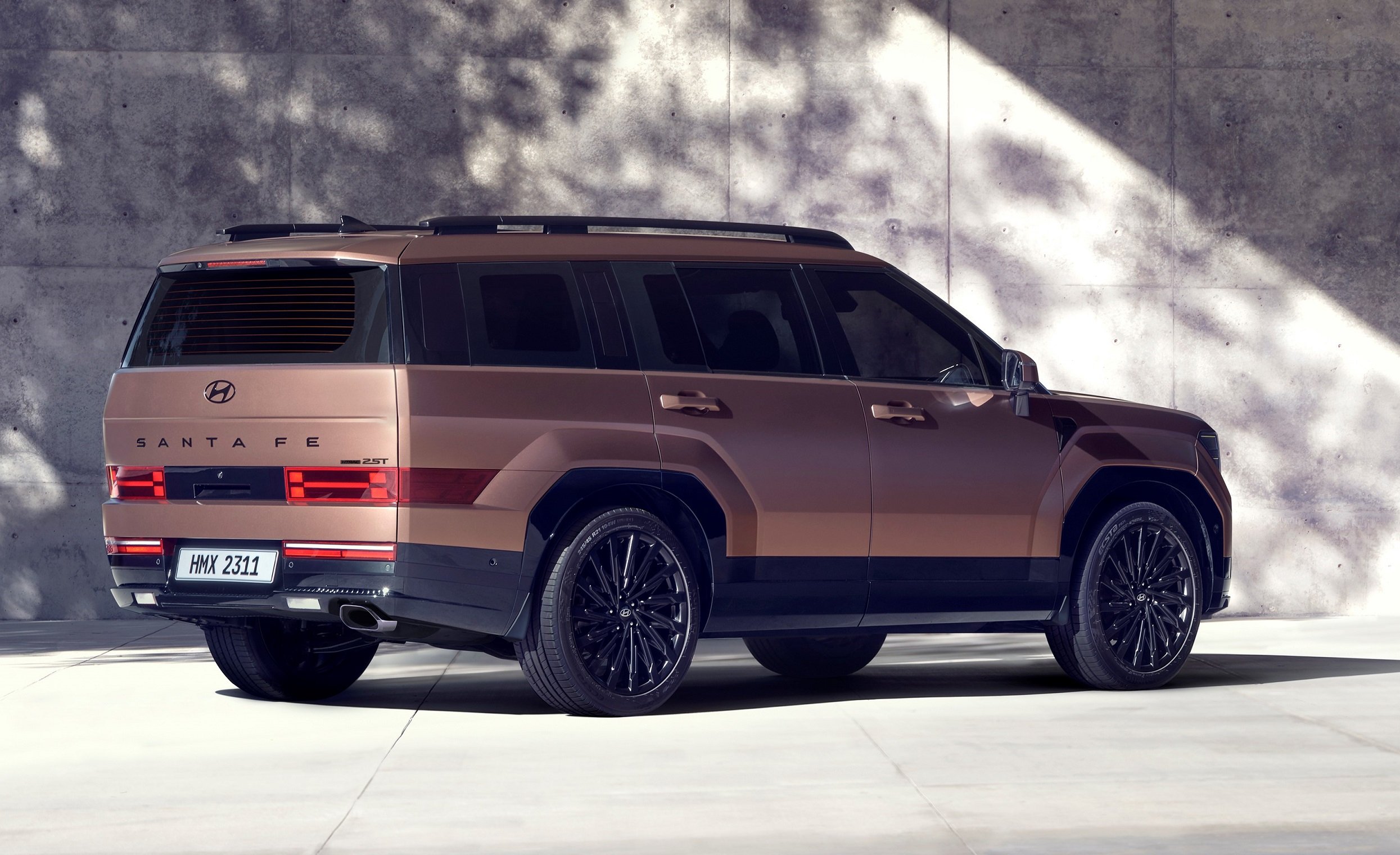
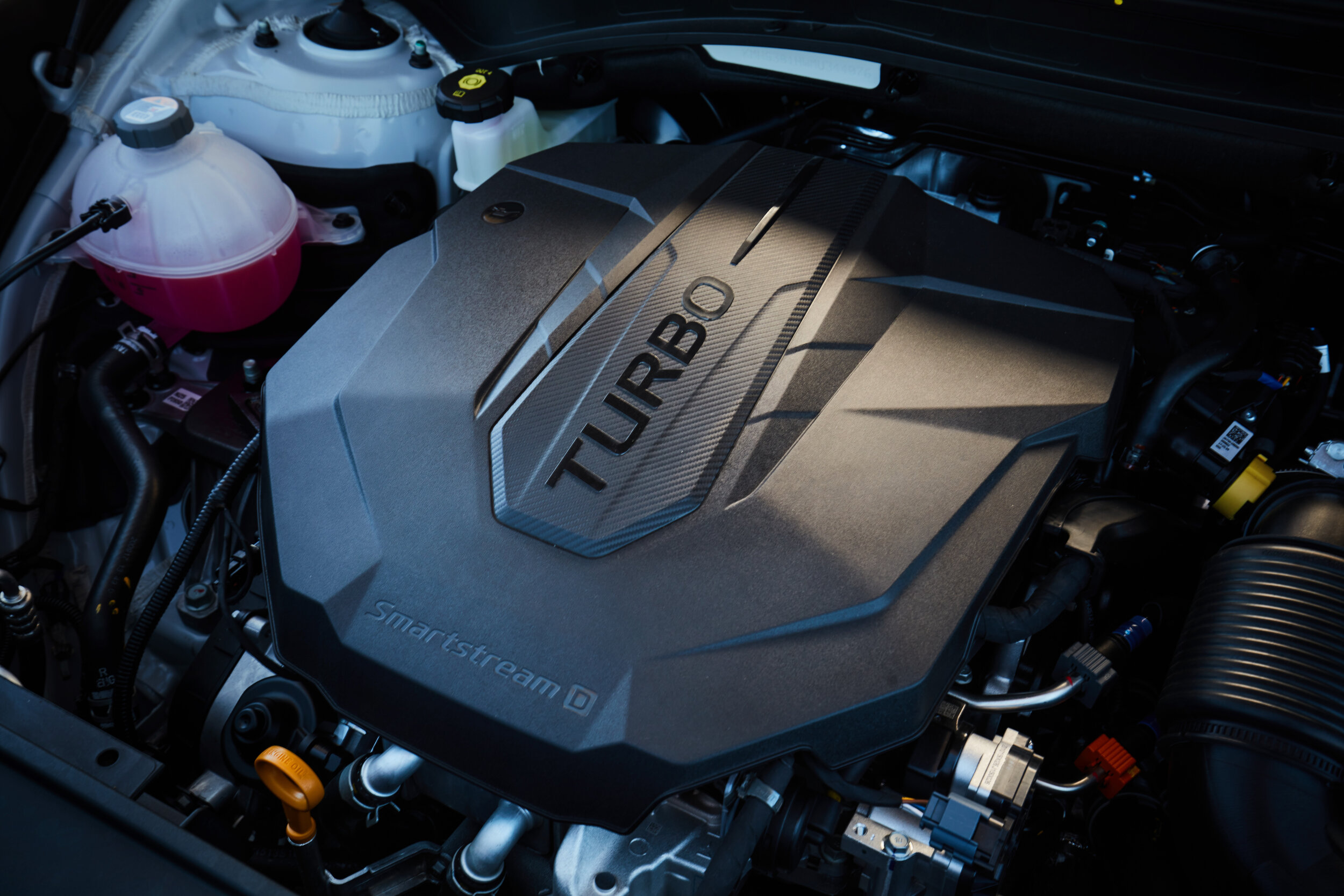


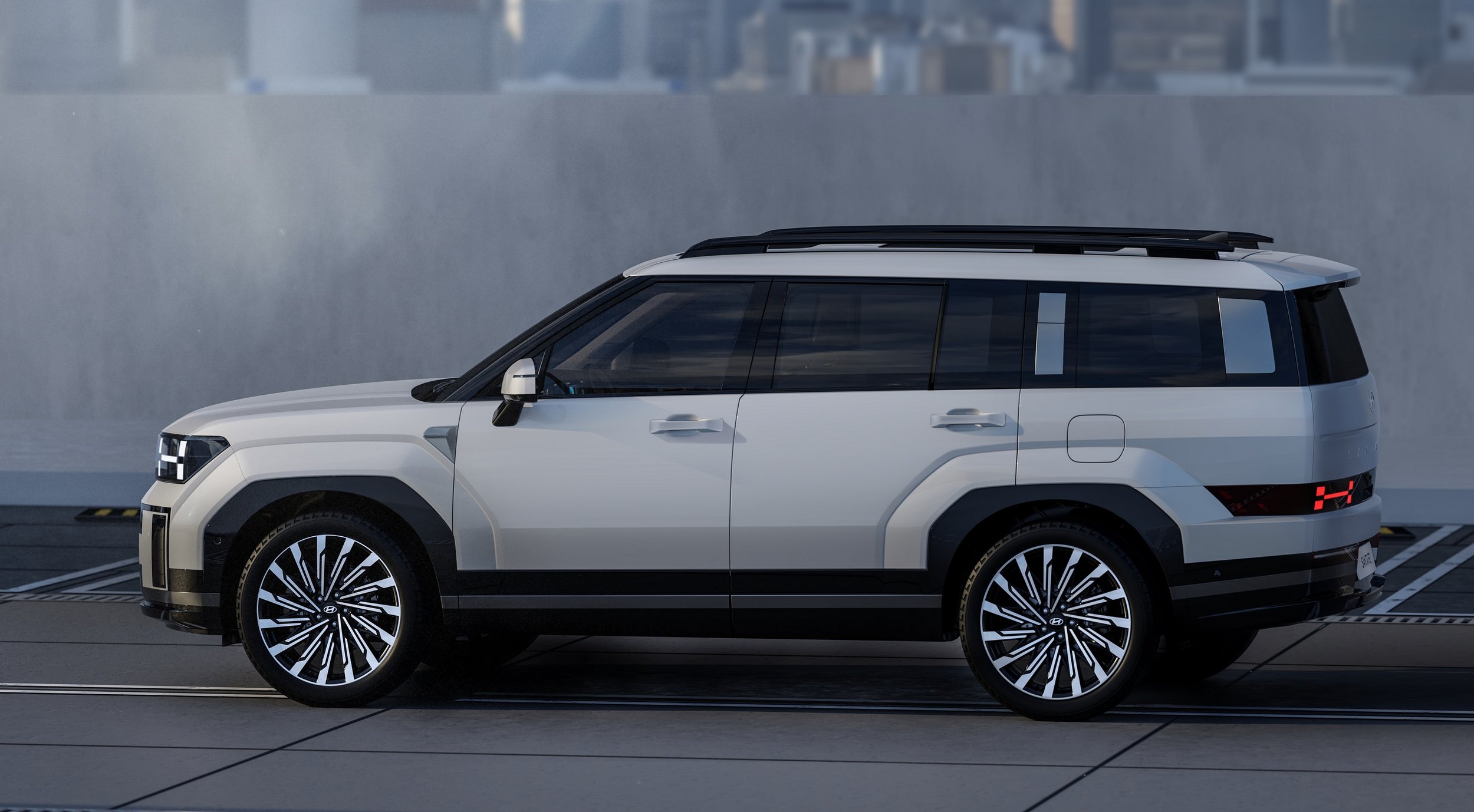



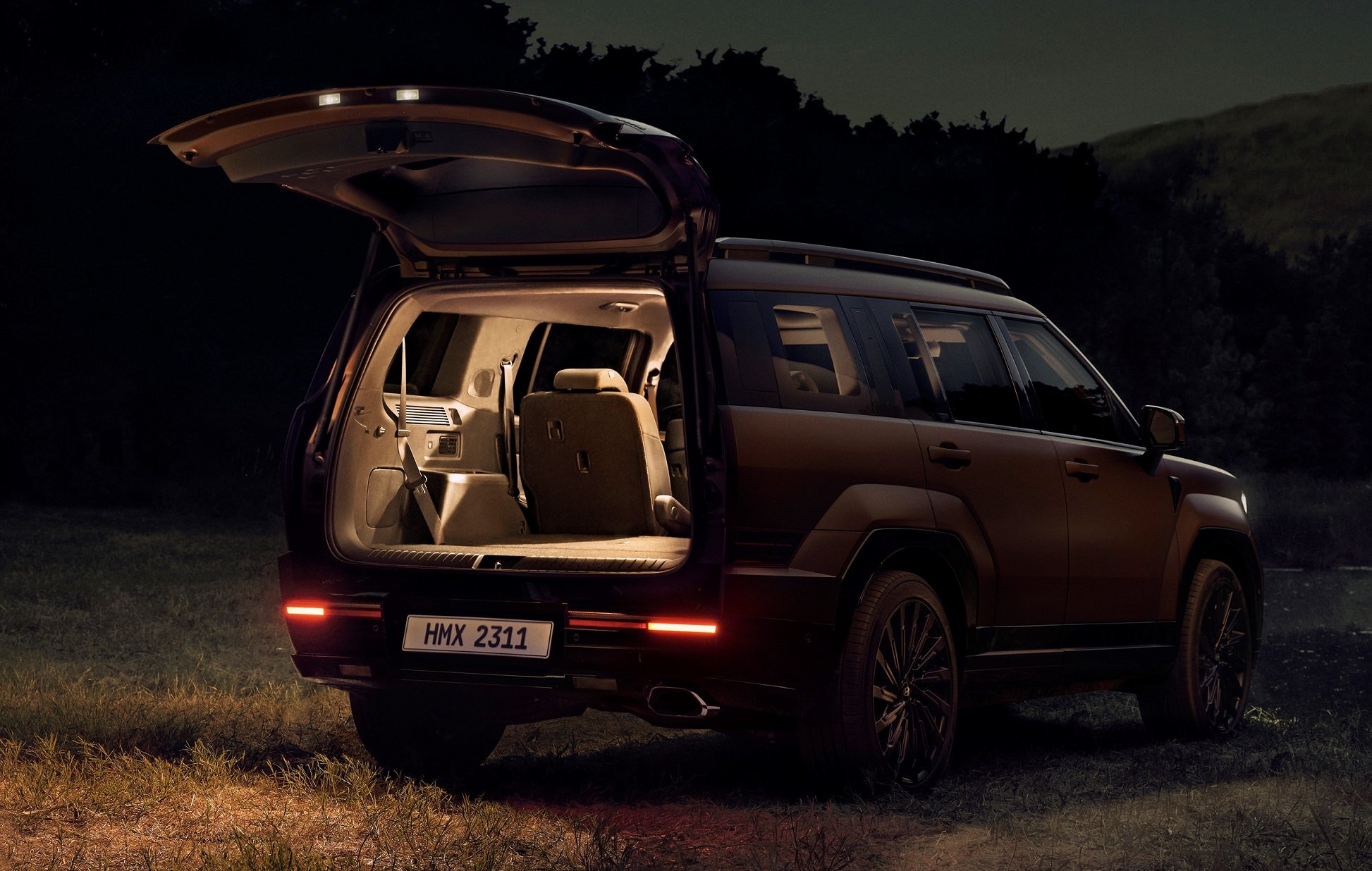

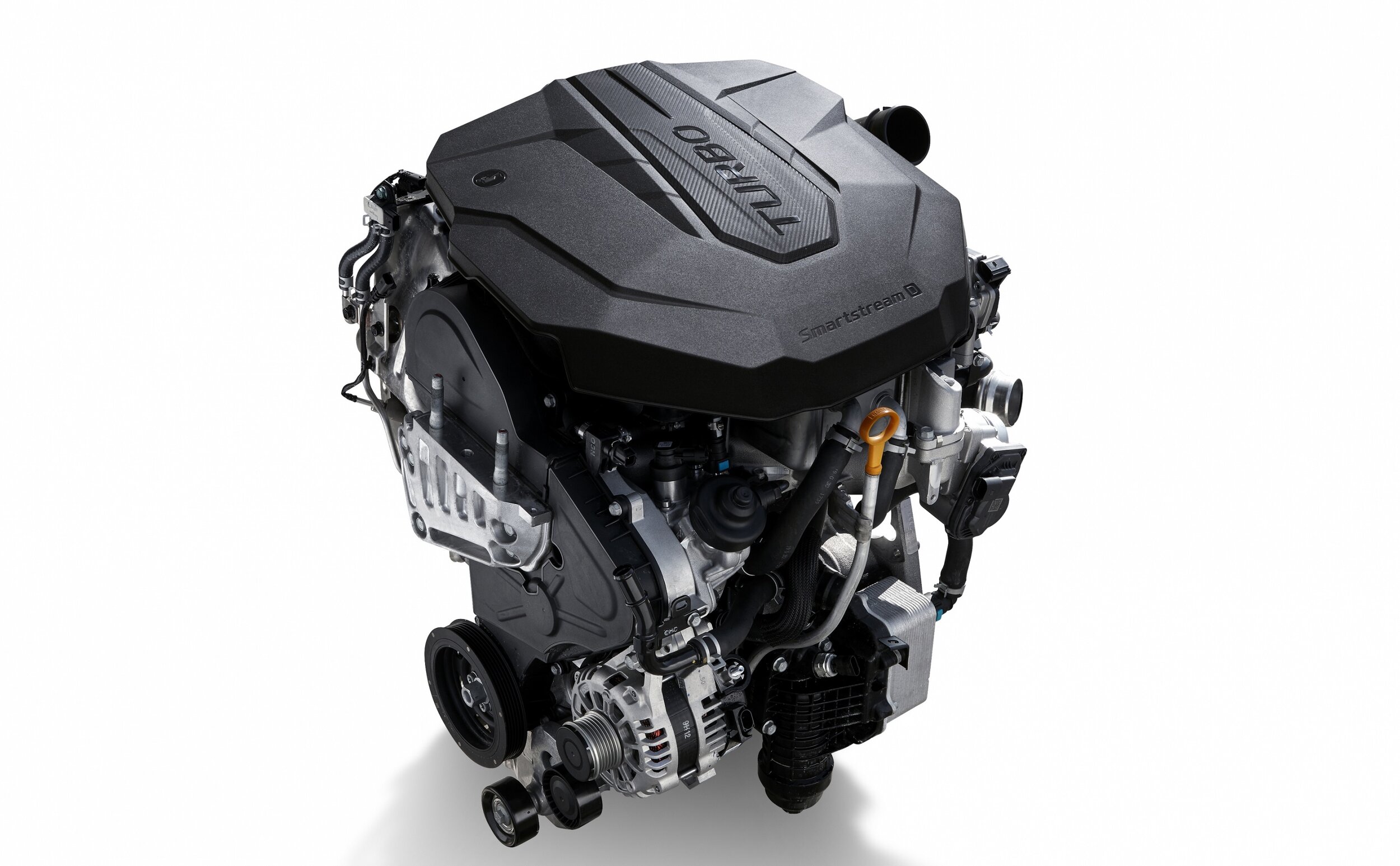
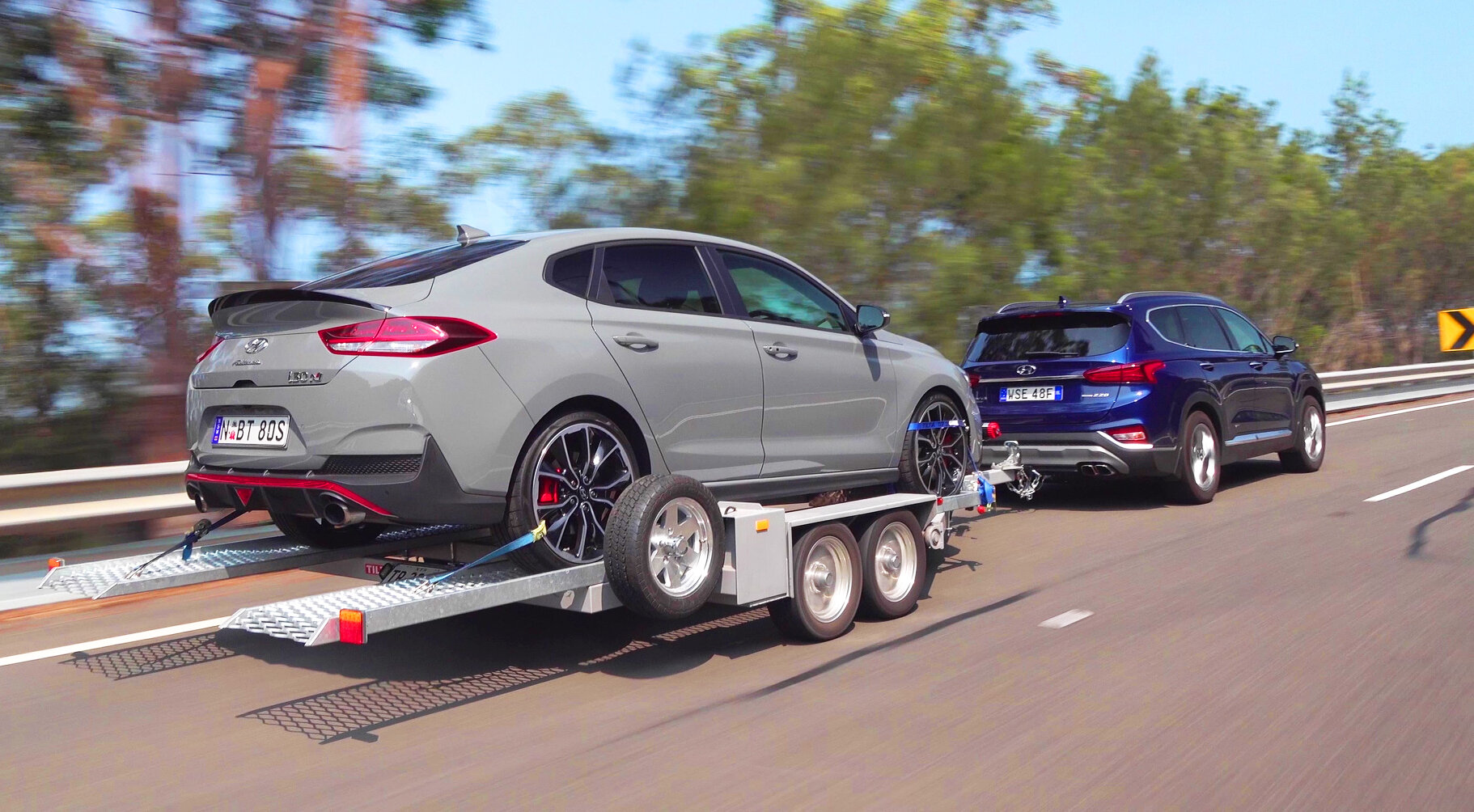












xxxx